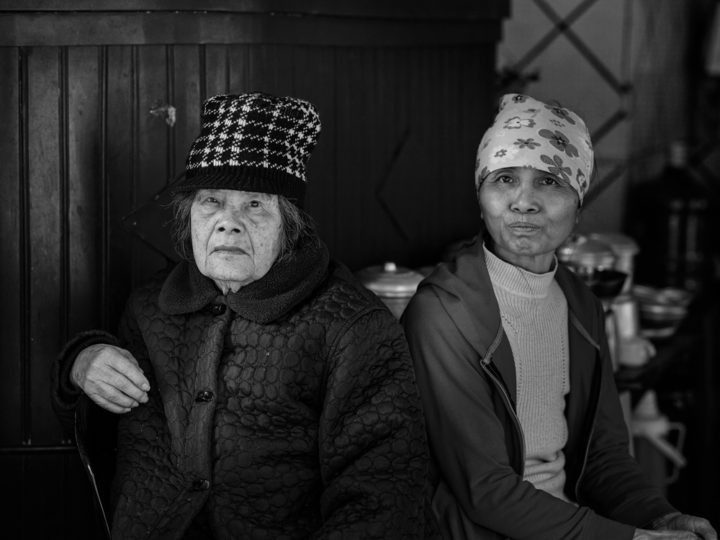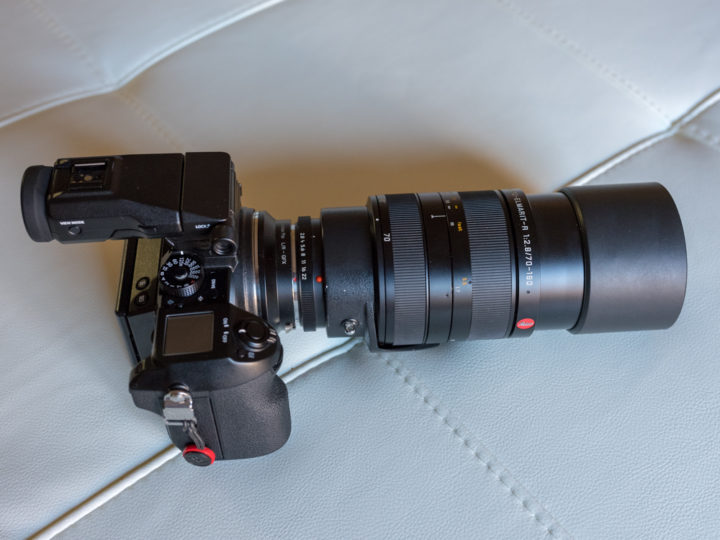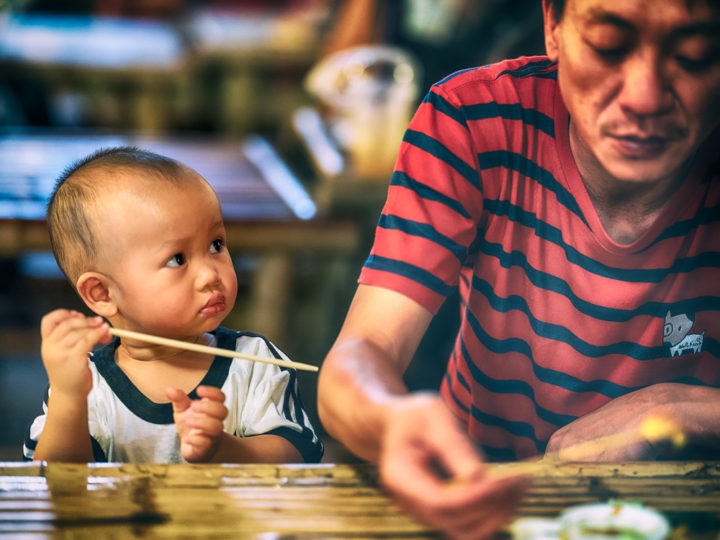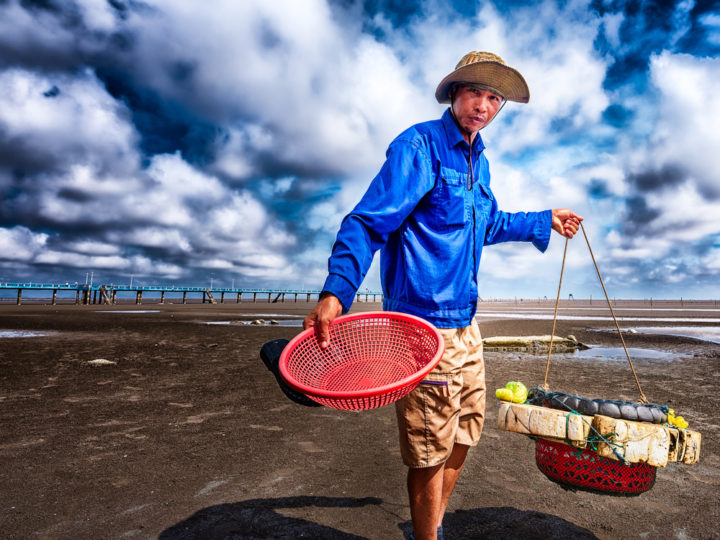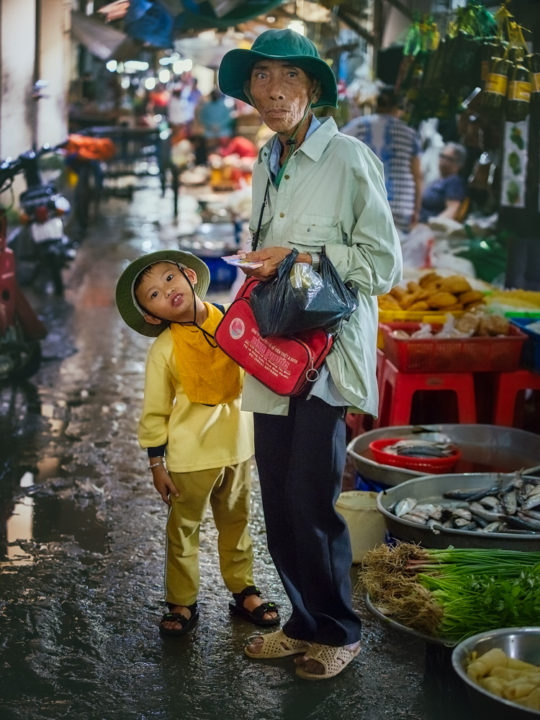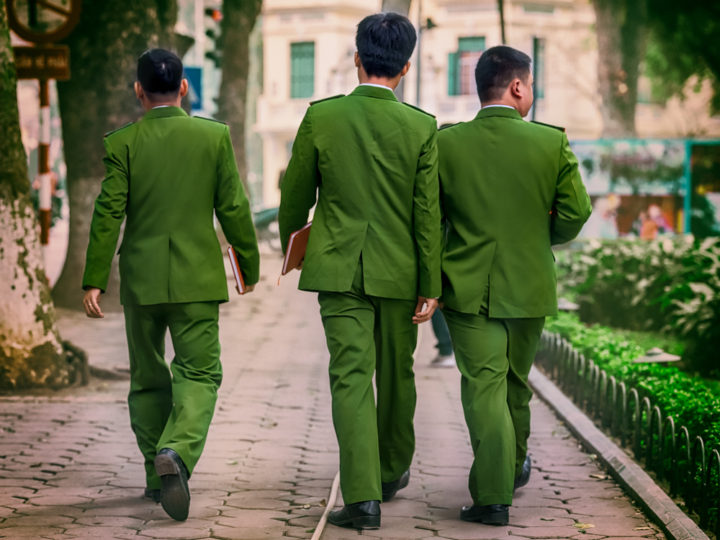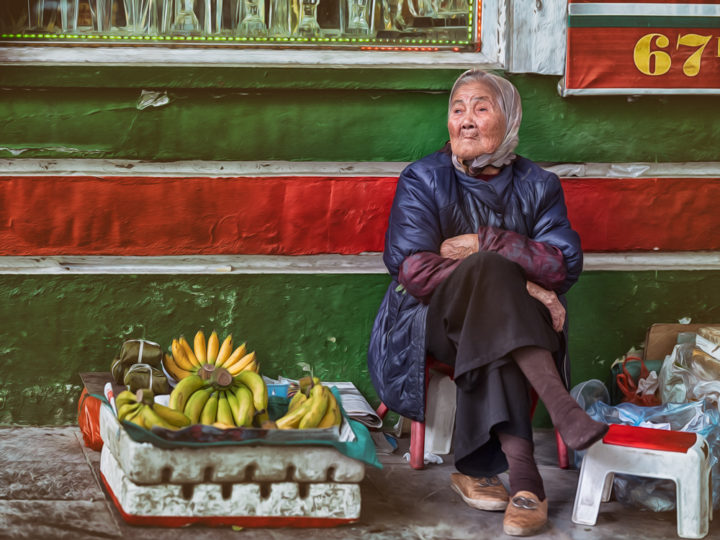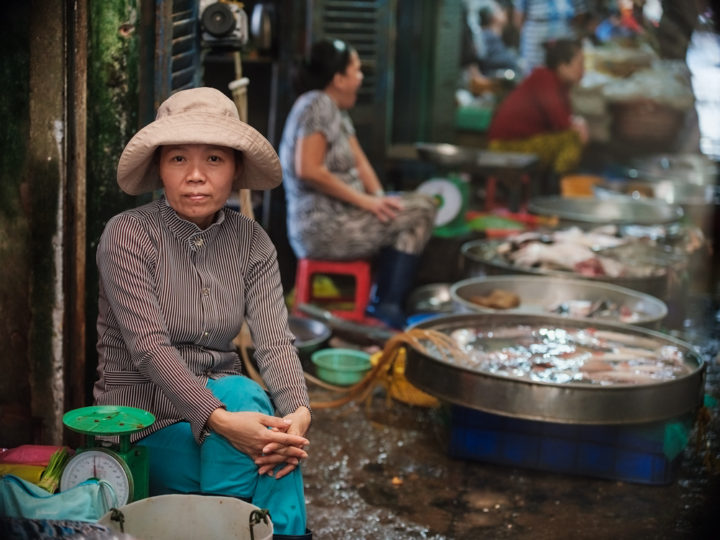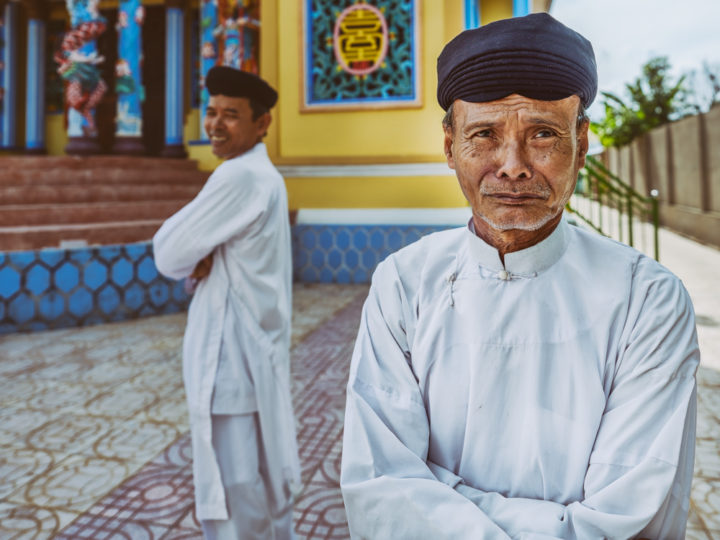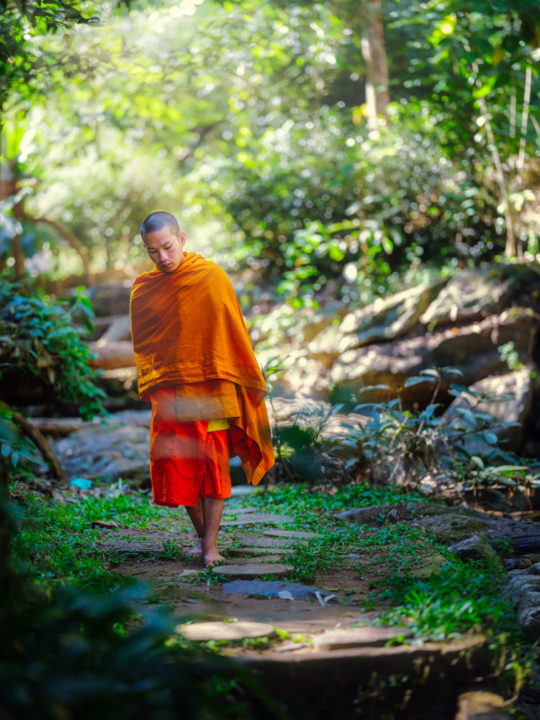The Fujifilm GFX 50S Goes To The Mekong
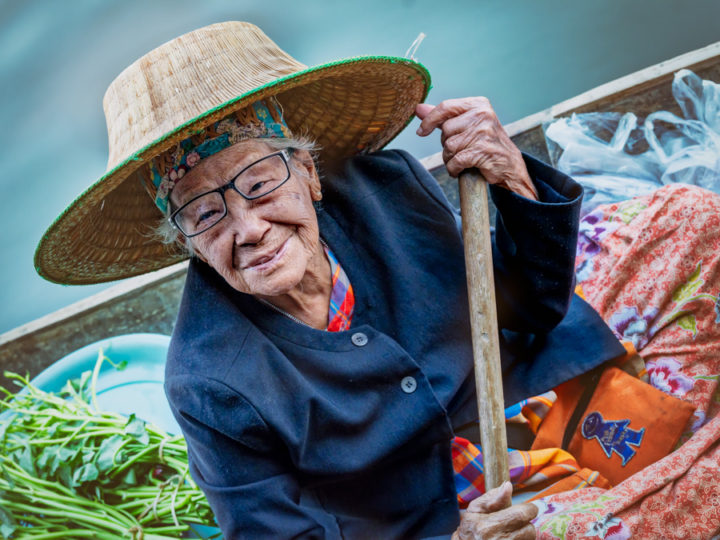
GUEST POST FEATURE
Write Your Articles Directly on FujiRumors!
3 Observations I Made When I Took My Medium Format On the Road That Will Have Me Taking It Out Again
guest post by Greg Pai – You can follow Greg on his photographingGOD Photography webSIGHT and Instagram
Fujifilm GFX 50S + GF lens (save $1,000): BHphoto, Adorama, AmazonUS
JOIN our Fujifilm GFX Facebook Group
FOLLOW our Fujifilm GFX Facebook Page
The goal posts of camera technology are being moved every day. When I say portraiture, you say higher resolution. When I say sports; you say faster, more accurate autofocus performance. When I say weddings and events, you say increased ISO sensitivity. And, when I say journalistic or street photography, you say medium format? Not really…
Most pros relegate medium format to studio, landscape, or tripod-mounted applications and more ergonomic formats for journalistic style photography. So, it was typical that I would pack my Leica gear for a recent one month assignment through the Mekong (Thailand, Laos, Cambodia, and Vietnam).
However, at the last minute, I was somehow compelled to swap it out for my medium format Fuji GFX 50s system taking up nearly 3 times the space. What was I thinking? Well, I wasn’t thinking straight for sure. But that is how some of the most remarkable things happen in life (Like when my wife said “Yes”)!
My last minute decision was partially influenced by the fact that image technology across sensor types (e.g., Crop, Full-Frame, and Medium) is converging rapidly and the features are blurring between such systems. So, at some point in the near future, I suspect these choices will be made for me anyway by process of elimination. I suppose I also wanted to test my patience and persistence. But, there was also an element of surprise I was seeking. I really wanted to see what this thing could do in the field under varied conditions and over a lengthy assignment.
Suffice to say, I was exceptionally pleased by the potential of the Fuji GFX 50S medium format in the field and hope that the following observations are an inspiration to all who are (i) facing decisions about upsizing or downsizing formats, (ii) interested in my approach to journalistic photography, or (iii) wanting to simply experience the beauty of the people and colors of the Mekong.
1. Medium format is too heavy and bulky for journalism and street photography; Or is it?
The Fuji body with viewfinder weighs in at about two pounds which is in line with many Full-Frame bodies and less than the Nikon D5. However, the substantially larger sensor is at least one contributor to the bulkier footprint. Once you attach a native Fuji G lens, you are officially walking around with a canon (no pun) potentially exceeding 4 pounds. To make matters worst, much of the time I attached my vintage Leica 70-180mm f2.8 APO Lens which weighs over 4 pounds by itself. Nevertheless, I was pleasantly surprised at how agile and ergonomic it still was over the 3200 mile trek. Also, in spite of size, I was still able to get off a high percentage of candid shots without becoming noticed at all.
Weight and sensor size required that I shoot at a minimum of 1/125 sec handheld and more often at 1/500 sec or greater. However, I did not find this to be a limitation since photojournalism often requires relatively higher shutter speeds to freeze the moderate motion of people as well as absorb occasional camera shake as you bring the camera to position to capture an unanticipated moment.
Finally, there is something that is not so obvious about shooting with medium format in the field until you actually do it. Let’s just call it the “spectacle” phenomenon. Often, street photography requires you to be discrete. Even if the subject notices you, you still do not want to intimidate them or worst, scare them away. To the contrary, the medium format camera screams attention to itself. For the subject that is unaware, that moment they notice it often results in a spectacular capture of emotion. For others that notice, it breaks the ice and because it doesn’t look like any camera they have seen before, it eliminates the “creep” factor often making them a willing subject. They actually think you are a professional or something!
2. Autofocus performance is not a strength of medium format, but not an impediment either.
I generally shoot using manual focus, follow focusing the subject for precision if they are moving across the scene or toward/away from the camera. This is a skill worth practicing because I believe it can be more accurate than any autofocus system once you master it. However, autofocus can come in handy for more dynamic scenes where the subject(s) is moving unpredictably.
In most cases, the autofocus capabilities of most medium formats will more than suffice. I also found myself doing more zone focusing while shooting from the hip often because of the weight of the system. Nevertheless, I love this perspective anyway and typically try to shoot from below my chest or just above my knees.
3. I have fallen in love with big sensors (and especially the Fuji GFX)
I think most of us in this style of photography want varied levels of “grit” to our images or at the very least, a more analog look and feel. When I first took the Fuji with a native Fuji G lens onto the streets of New York, I loved the “living color” that came out of the camera, but it still didn’t feel documentary enough to me.
Then I threw on some legacy lenses and POOF! I was able to capture amazing IQ, dynamic range, and sharpness, while still maintaining a bit of a nostalgic feel which I could punch up a bit in the post if I desired. I also love the shadow recovery which more than compensates for the ISO / low light weaknesses of medium format.
Not just a feature of medium formats anymore, high resolution has two less obvious benefits to the street shooter. First, larger images will allow more freedom to crop in post which is more of a benefit than it is with other styles of photography. Perfect framing is occasionally a challenge with spontaneous captures. Also, because journalistic photographers will often have a higher shot count and many more images to sort through, larger file sizes impose a necessary discipline one must acquire in order to be productive. The result is increased patience and a more deliberate approach to each single shot. I like imagining that I have film and not a digital card in the camera. My potential may be limitless, but ability to capture it is not.
In Closing – Is bigger better?
I do not believe bigger is always better and not sure that it is in this case either. However, undoubtedly this experience has expanded my horizons and my own personal goals. I also believe, in my humble opinion, that it has elevated the quality of my art; But that is always subjective at best. All said, I encourage my peers to stray outside their box and take a shot at redefining the “fake rules” of our craft. The only real rule is that there are no rules! Happy shooting!
Greg Pai is a professional photographer specializing in journalistic, lifestyle, travel, and abstract photography. His work, including more images from the “Splendor of Mekong” Collection can be viewed at www.photographingGOD.com and on Instagram at www.instagram.com/gregpaiofficial/. All are copyrighted by Gregory Pai; All rights reserved.
Fujifilm GFX 50S + GF lens (save $1,000): BHphoto, Adorama, AmazonUS


